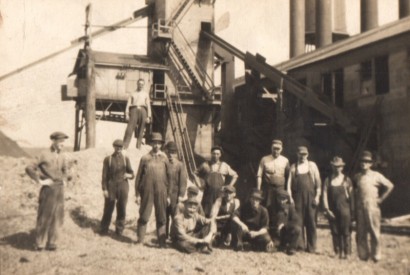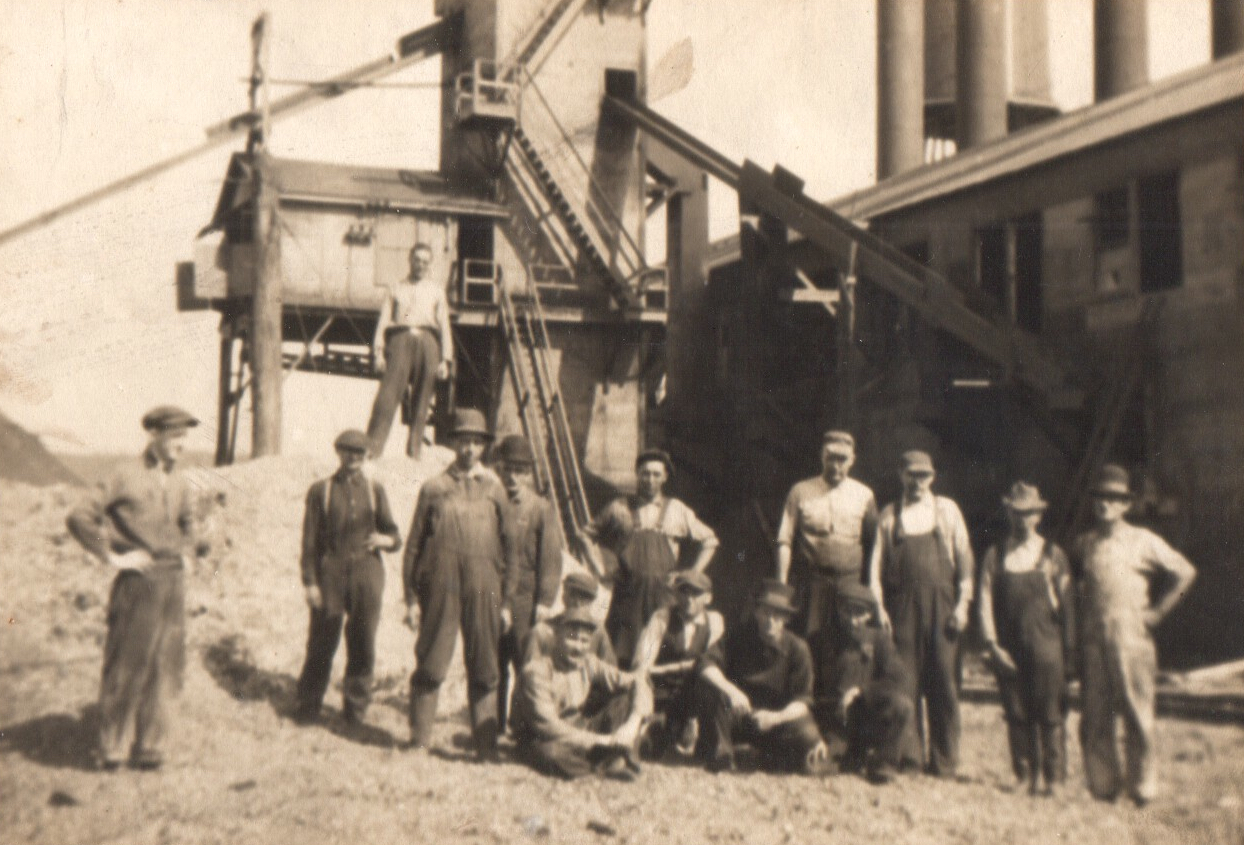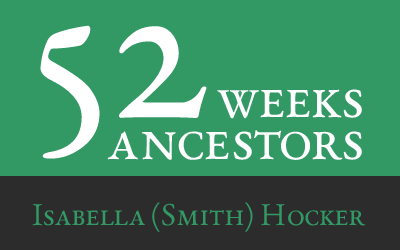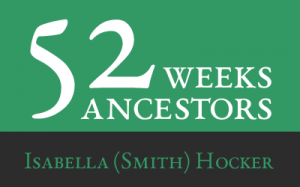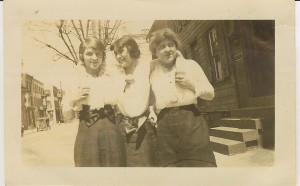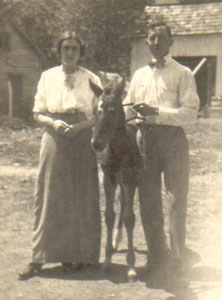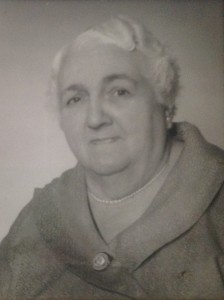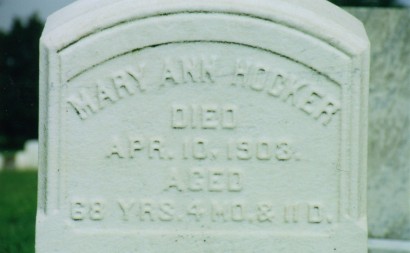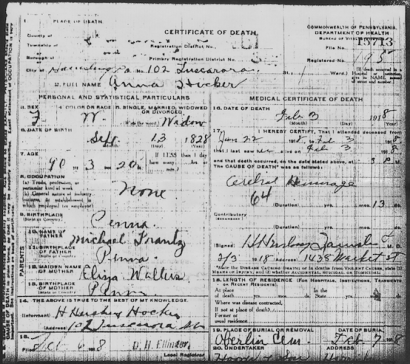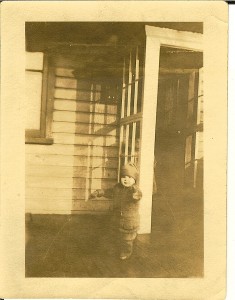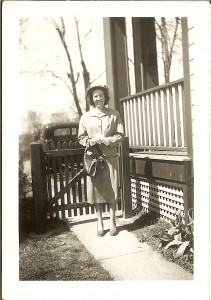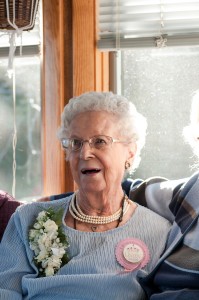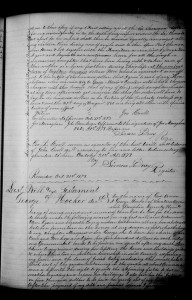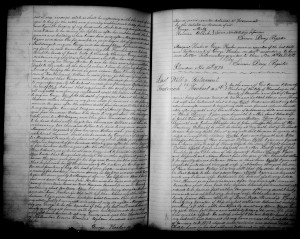While writing this week’s 52 Ancestors in 52 Weeks, I recalled a story my grandfather told me about an incident in his father’s life. With a little digging, I was able to discover more information about it.
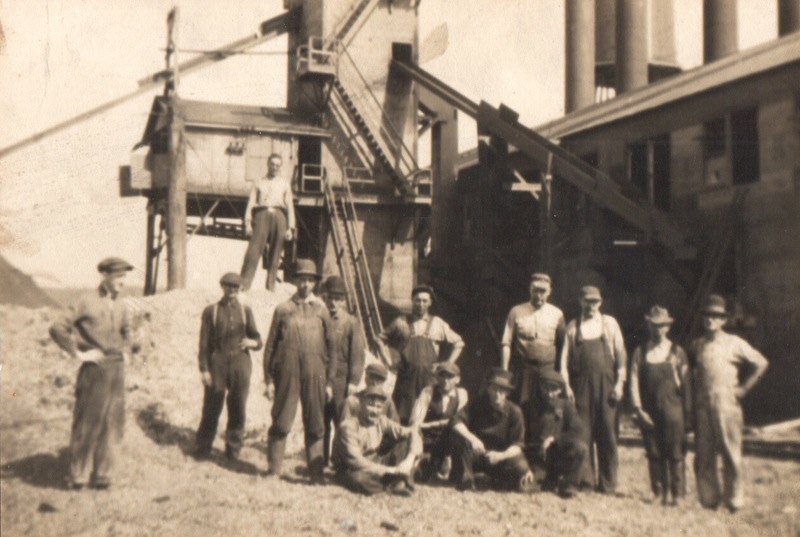
Will Hocker – Aetna Explosives Co. Crew?
Grandpa once recalled that his father—William Howard Hocker—worked at a mill that made gunpowder when he was a newly married man—before my grandfather was born. The family wasn’t living in Harrisburg at the time. Supposedly, my great grandfather went home for lunch one day and while he was there, an explosion destroyed part of the mill, killing my great grandfather’s team.
My grandfather didn’t supply any detail—the who, what, when, and where. But records from my great grandfather’s life helped to fill in the blanks. Will Hocker married Isabella Aiken Smith on 13 October 1914 in Harrisburg, Pennsylvania. At the time, he was a carpenter. He was born and grew up in Harrisburg and was still living there when he married. His first child, daughter Bonnie, was born in Harrisburg in May 1915. So, was his second child, born in 1918.
However, during the intervening years, he was required to register for the draft during World War I. At that time—June 1917—Will was living in Newton-Hamilton, Wayne Township, Mifflin County, working at the Aetna Explosives Company as a millwright.
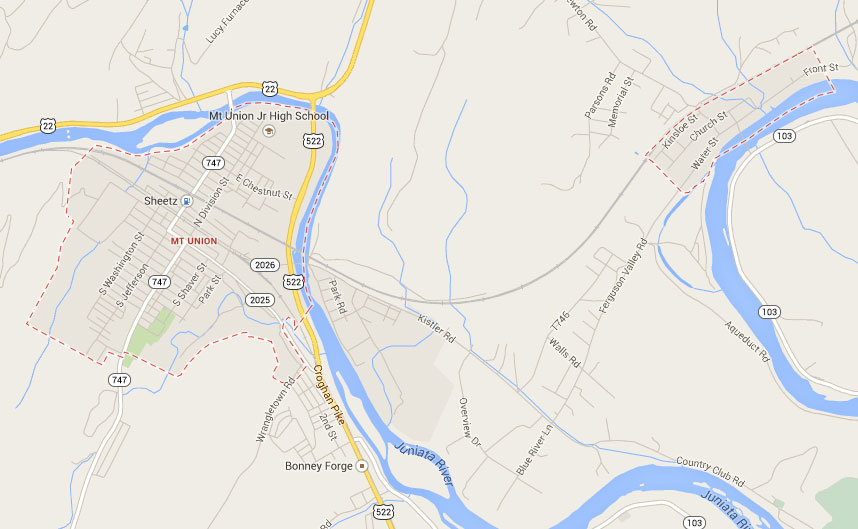
Proximity of Mount Union & Newton-Hamilton
The Aetna Explosives Company of New York built a large plant at Mount Union in May 1915 to manufacture munitions for World War I. The company bought the farm of John Westbrook and built their plant, which eventually covered 380 acres of land. Work on this factory progressed rapidly and it started operations, producing gun cotton, in September 1915. The powder presses arrived a month later. “This plant manufactured smokeless powder for the Russian, French, and English Governments and finally for the United States Government, and in October 1918, was delivering at the rate of 1,500,000 pounds of smokeless powder per month.”
According to The American Underwriter Magazine and Insurance Review, there was an explosion at the Aetna Explosives Co. factory in Mount Union at their finishing mill, resulting in $60,000 in damages in 1916. The explosion was due to “spon. combustion.” My grandfather told me that static electricity built up in the drum and ignited the powder.
Newspaper coverage from the time stated:
Huntingdon, Pa., Sept. 21— Five men were instantly killed and another sustained injuries which caused his death hours later when the air dry house of the Mount Union plant of the Aetna explosives company was wrecked near here early today. All the dead were empleyed [sic] in the building which was blown to pieces.
The men who died that day were “Clayton Clark of Shirleysville, Pa., George Scayer of Orbisonia, Pa., William Pyles of Orbisonia, Pa., Charles Bard of Obrisonia, Pa., and Steve Olsch of Lancaster, Pa.” William Leman, of Portage, Pa., was critically injured and later died. The explosion was felt for miles and sent debris flying several hundred feet.
According to the Harrisburg Telegraph, “Six men were killed and a number injured at 6 o’clock this morning when a terrific explosion completely destroyed the cotton dry house at the plant of the Aetna Explosives Company here [Mount Union]. The men were changing shifts at the time, the night workers just going away from the building at the time escaped injury.” The newspaper claims the dead were “George Stair, Orbisonia; Elmer Pyle, Orbisonia; Clayton Clark, Marietta; Elmer Bair, Orbisonia; William Lehman, Portage, and Charles Vlsch [Olsch?], Orbisonia.”
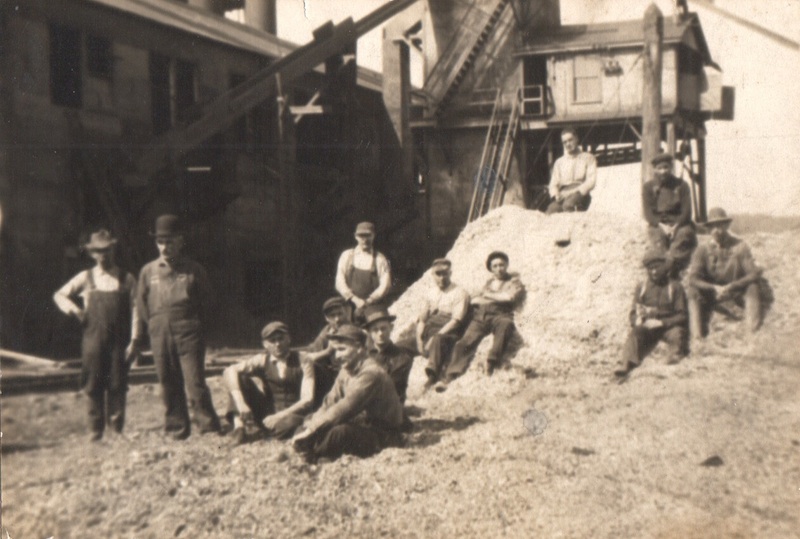
Aetna Explosives Co. Crew, ca 1916?
If the time of day referenced in this account is correct, then my great grandfather likely hadn’t gone home for lunch, but had either already left or hadn’t yet arrived for his shift. I don’t know in what capacity my great grandfather worked at the factory. His 1917 draft card lists him as a millwright. My understanding of this position as “a specialized carpenter” is consistent with his work life both before and after his job with Aetna Explosives Company. I would guess that he was involved with the setting up, building and maintaining the factory and its equipment.
How this plays against my grandfather’s account, I don’t know. I can’t be sure whether or not my great grandfather personally knew or worked with the deceased. While I know that he was working at the company in June 1917, was he already working there in September 1916? Given the size of the facility, it would have taken a large workforce to build it—including a large number of carpenters. Steady work would have appealed to a man with a wife and young child to support. So, it’s possible, if not likely, that he was. Unfortunately, this wasn’t the only explosion at the factory. Even if Grandpa’s story isn’t related to this tragedy, it may have been related to one of the others.
I am sure, however, that this was an extremely traumatic event in his life and must have touched him deeply. Why else would he speak of it with his son—who wasn’t even born until two years after the tragedy? And in such a way that that boy felt the need to speak of it with his granddaughter when asked about the photos?
I’m glad I looked into my grandfather’s memory. Stories like this give depth to our understanding of our ancestors and the events they lived through. Knowing that my great grandfather remembered this event and the men who died, provides insight into the type of man he was. And that’s the closest I can get to knowing him.
Photo Notes: Reviewing the two photos, it appears that most of the men are in both photo. Two men—the man to the far left and the man to the far right in the first photo—are not in the second photo. I don’t know for certain that my great grandfather is in either, but the man to the far left in the first photo resembles him to me. Maybe one of the family who actually knew him will post a comment?



